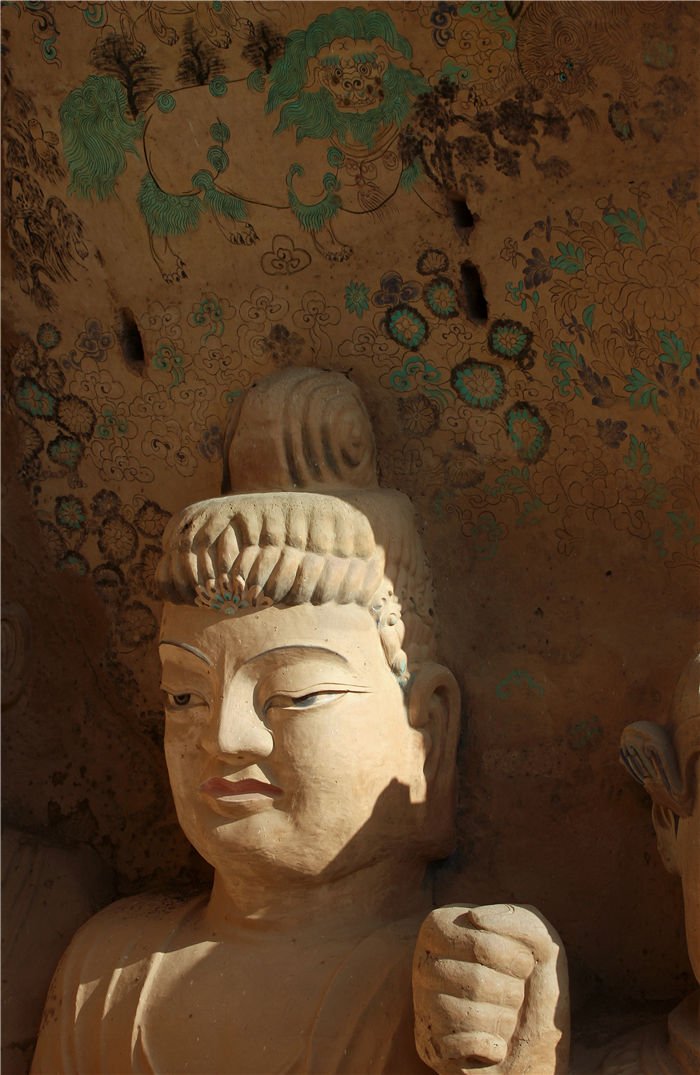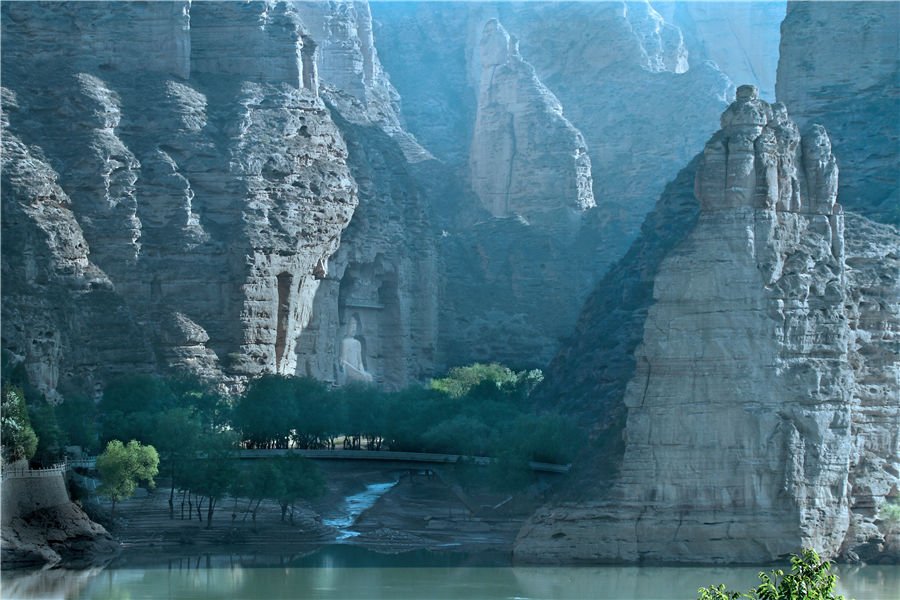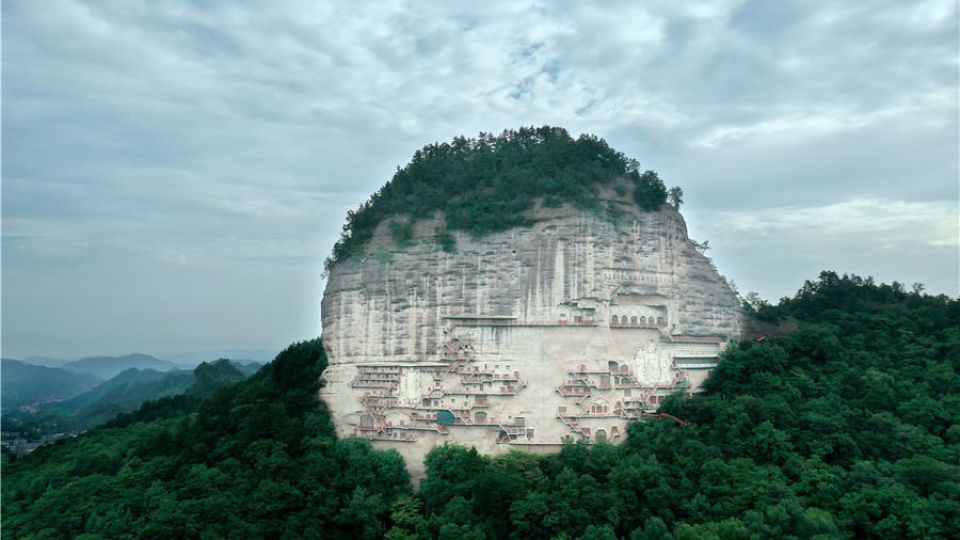April 19, 2023
BEIJING – Photographer Ren Shichen has had a profound fascination with statuary art for many years. China has ample supply to satisfy his interest, as its grotto ruins, mainly scattered on the ancient Silk Road, have hundreds or even thousands of years of history.
Grotto art is a treasured ancient culture, and Chinese grottoes are no exception. They were usually dug in mountain peaks or steep rocks, and can be found in Gansu, Shaanxi, Henan, Shanxi and Sichuan provinces as well as Chongqing municipality and Xinjiang Uygur autonomous region.
Ren has spent the last dozen years capturing the artworks, and used portrait technique to make these statues more vivid and lifelike. Mainly focusing on the remains of grottoes on the ancient Silk Road, he has captured more than 200 grotto sites in over 20 provinces.
As we mark this year’s International Day for Monuments and Sites, let’s see some of the grotto art Ren has immortalized with his camera.

Mogao Grottoes, a world cultural heritage site in Dunhuang of Gansu province, on Oct 2, 2019. It has 735 caves, 2,415 colored clay statues and 45,000 square meters of murals, making it the largest and richest art treasure trove in the world. [Photo by Ren Shichen/cpanet.org.cn]

Zhongshan Grottoes in Yan’an, Shaanxi province, on April 30, 2013. First built in 366-370, there are 18 caves according to historical records, but only five of them have been unearthed. [Photo by Ren Shichen/cpanet.org.cn]

Tiantishan Grottoes in Wuwei county, Gansu province, on Oct 5, 2012. It is one of the earliest excavated caves in China and a representative of early grotto art. [Photo by Ren Shichen/cpanet.org.cn]

Yungang Grottoes, a world cultural site in Datong city, Shanxi province, on Aug 10, 2020. It has 45 main caves, 209 affiliated caves and over 59,000 statues, with heights ranging from 17 meters to 2 centimeters. [Photo by Ren Shichen/cpanet.org.cn]

Bingling Temple Grottoes, a world cultural site in Yongjing county of Gansu province, on May 16, 2017. It was dug in the cliffs at the north bank of the Yellow River in the third century, and formally built in 420. [Photo by Ren Shichen/cpanet.org.cn]

Buddhist statues at Tiantishan Grottoes with a history of more than 1,600 years. [Photo by Ren Shichen/cpanet.org.cn]

Yulin Grottoes, a world cultural site in Guazhou county, Gansu province, on Oct 26, 2022. It was first built in Northern Wei Dynasty (386-534), and now has over 100 colored statues and more than 5,000 square meters of murals. [Photo by Ren Shichen/cpanet.org.cn]

Jinta Temple Grottoes in Zhangye, Gansu province, on Nov 6, 2012. The grotto is more than 60 meters above ground and is 9.7 meters wide, 7.65 meters deep and 6.05 meters high. [Photo by Ren Shichen/cpanet.org.cn]

Xumishan Grottoes in Guyuan city, Ningxia Hui autonomous region, on Feb 5, 2013. It is one of the top 10 grottoes in China and was first built during the Northern Wei Dynasty. [Photo by Ren Shichen/cpanet.org.cn]

Qianfoya Grottoes in Guangyuan, Sichuan province, on Nov 8, 2013. It has a history of nearly 1,500 years, with statues and niches scattered densely in the 45-meter–high, 200-meter-wide and long cliff. [Photo by Ren Shichen/cpanet.org.cn]

Dazu Grottoes, a world cultural site in Chongqing municipality, on Nov 5, 2013. It is among the world’s top eight grottoes. [Photo by Ren Shichen/cpanet.org.cn]

Dafo Temple Grottoes, a world cultural site in Binxian county in Shaanxi province, on Jan 27, 2014. It is the largest grotto group in Shaanxi and a major geographical coordinate along the ancient Silk Road. The temple has 446 niches and more than 1,980 statues and was honored as “the first wonder of Guanzhong” by Qing Dynasty (1644-1911) scholar Bi Yuan. [Photo by Ren Shichen/cpanet.org.cn]

The Maijishan Grottoes in Gansu has been honored as “a grand exhibition hall displaying statues” by historian Fan Wenlan, due to its clay sculpture art. [Photo by Ren Shichen/cpanet.org.cn]


